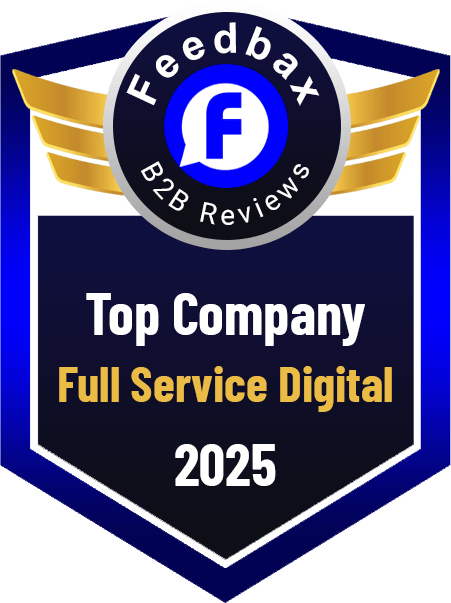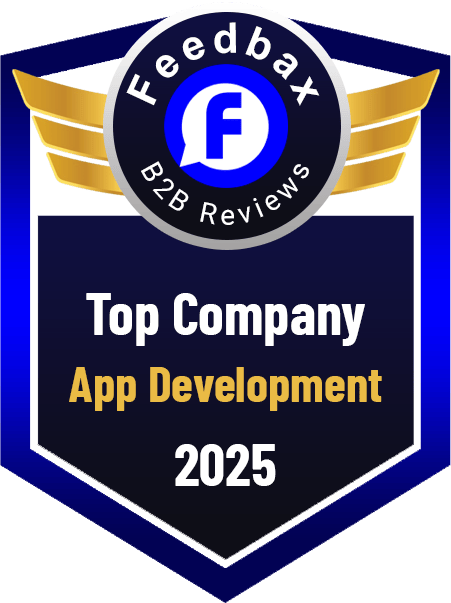

We provide complete development from scratch. Our VR app development company specializes in agile methodology. These include
Requirement gathering: In this step, our team captures all the information.
For business that are already leveraging AR/VR technologies, we offer modification services. This improves existing AR/VR solutions to meet new standards and regulations.
Right now, Chudovo provides the following services related to AR/VR modification:
Apart from the technical changes, our modification services can be used to introduce:
Additionally, we help organizations to transform their AR/VR solution to Mixed Reality (MR). It satisfies the customers by providing an interactive work with physical aspects.
VR experience can lift customer’s experience to a whole new level. That’s why, we at Chudovo offer VR development for companies that want to integrate VR in their existing software solutions.
For example, an enterprise can level up its training programs with VR integration. This will give employees an interactive way to engage without worrying about safety.
Product-based companies can use VR integration to test new features. This will help them improve the design process and save money and time in the long run.
Some of the notable use cases where AR/VR integration works include:
Marker-based or recognition-based AR utilizes a specific marker (f.e. QR code, logos, or even objects themselves) and triggers the AR experience to provide more information about the respective object. The objects or shapes must be recognizable by the camera. They must also be clear in various surroundings.
Markerless or location-based AR doesn’t require any marker to work. It gives freedom as the AR experience can be launched directly from a website or app or through a link. The technology scans the environment. Once done, digital elements such as a flat surface are placed. Due to its flexibility, markerless AR is popular among location-based games such as Pokemon GO. Apart from that, other use cases include virtual product placement, live events, product placement, etc.
Projection-based reality or Augmented Reality that is Spatially Augmented (SAR) uses projectors for displaying real-world objects. This makes the app experience interactive even amidst dynamic environments. Illustrations of projection-based AR include retail advertisements, wall art, and live performances.
Many things have to be put in place for projection-based AR to work. Some of them are listed below:
Superimposition-based AR imposes an object partially or fully through the same object’s augmented view. This type of AR works great for showcasing how an object will look or feel in the real world. For example, businesses can use it to showcase how furniture can look in a living room. Another example is Instagram filters that superimpose objects like a pirate hat on people’s heads.
Note: These prices are indicative only and final pricing may depend on your requirements.
AR, VR, MR, and XR might look similar but differ in the way they offer immersive user experience.
Augmented reality (AR) enables one to place virtual objects within a real-world setting. Even though as augmented as it is, you are still tuned into your physical environment. AR can be experienced via smartphones or headsets.
Virtual Reality (VR) is an all-encompassing virtual experience. It does not function through a smartphone and necessitates investment in headsets. Moreover, there is no connection with the physical reality. You only get to view the world of simulation.
The third one is MR, also called Mixed Reality. MR offers anchored virtual elements that work in conjunction with the real world.
Lastly, "XR" stands for extended reality, an umbrella term that encompasses all three; AR, VR, and MR.